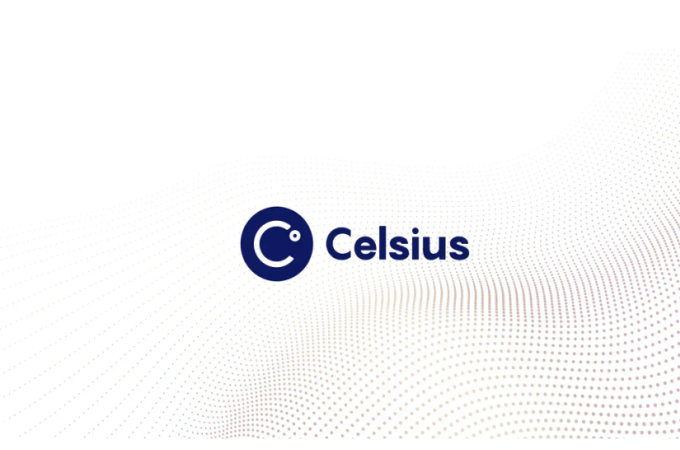
India wants to make credit and debit cards obsolete for payments
By Mashable
Ever since India invalidated much of its cash, it has been encouraging its citizens to switch to mobile wallets and other epayment solutions. Today, it took another step in pushing its citizens to embark on the cashless payment solutions — but early boomers aren’t going to like it.
The Indian government has launched BharatQR Code to enable people to pay for things they purchase without swiping their plastic cards. Instead, merchants can ask shoppers to scan a QR code and make payments directly from their bank account.
One of the biggest problem merchants and citizens faced in the aftermath of demonetization last November was the absence of non-cash payment systems.
The penetration of payment terminals machine remain low in India, with many merchants even complaining about the cost of the device and the high transaction fee. According to the government’s own estimations, there are about 57.7 million merchants but only 1.5 million digital payment acceptance locations.
With BharatQR Code, the government hopes to do away with card swipe terminals as merchants will be able to generate their own QR code that will be interoperable with all banks. The government-backed National Payment Corporation of India (NPCI) has partnered with 14 major financial institutions including Reserve Bank of India (RBI) and ICICI Bank to support BharatQR, it said Monday. BharatQR Code also supports all the major payment terminals — NPCI-backed RuPay, as well as MasterCard, Visa and American Express.
“Bharat QR is a path breaking initiative to bring quick, easy and affordable payments to both merchants and consumers. American Express is proud to be part of this ‘global first capability’, which will significantly contribute towards growth of Digital India,” Manoj Adlakha, CEO of American Express Banking Corporation said in a press statement.
BharatQR Code can be a big blow to private mobile wallet companies that grew multifold since demonetization.
BharatQR Code can be a big blow to mobile wallet companies like Paytm, Mobiqwik and Freecharge that grew multifold since demonetization.
Most mobile wallet companies offer QR codes as a feature for merchants to accept payments. However, unlike BharatQR Code, the QR codes of these wallet companies are not interoperable and users have to use the particular wallet app in order to pay. While BharatQR Code supports most plastic cards and banks, it does not support mobile wallet companies, yet.
“BharatQR is the answer to Paytm. Hopefully banks will now be able to expand infrastructure at the rate with which Paytm did during demonetisation,” AP Hota, CEO of NPCI was quotedas saying.
Paytm, India’s largest mobile wallet service which has seen astronomical growth amid demonetization, announced that it will invest Rs 6 billion ($89.6 million) to help merchants across the country to start using its QR code based payment solution.
While Paytm, and other companies have been the winner in the India’s cash crunched market over the past few months, the government has been working aggressively to get its own services out in the public.
In December, Prime Minister Narendra Modi launched NCPI-backed BHIM app. The government has also formulated UPI (Unique Payment Interface), that banks can use to make it as easier for people to send money as sending a text message is. The vast majority of banks in India now support UPI.
Even for users who do not have a smartphone or any phone, the government plans to have fingerprint scanner based PoS terminals where customers can simply scan their fingerprint to make payments.
First appeared at Mashable





